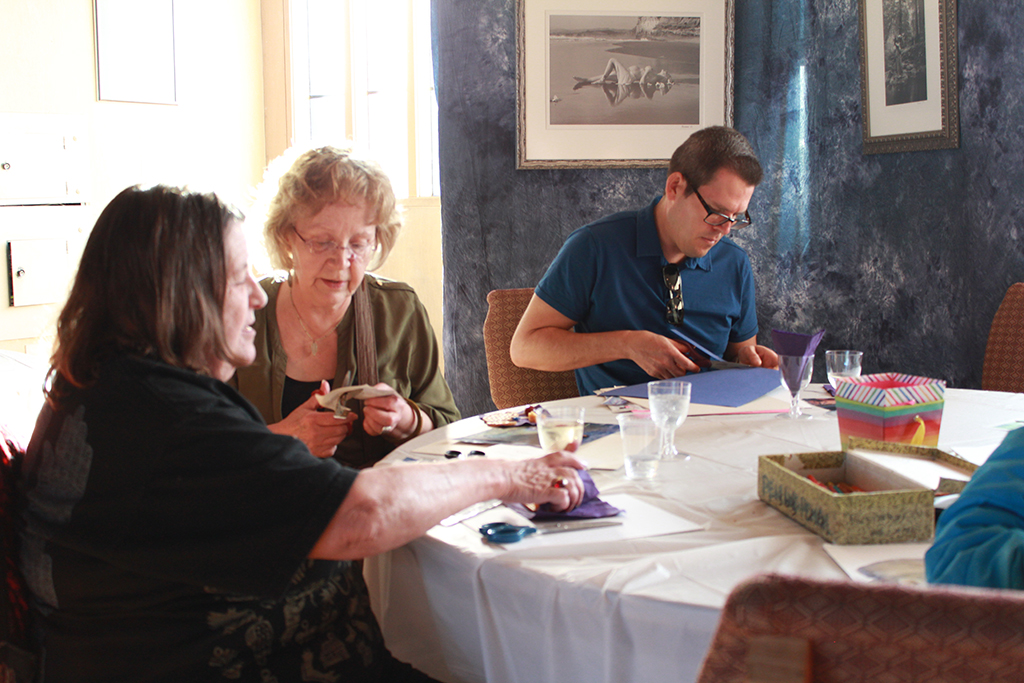Faith and art are interminably bound at herchurch Lutheran Church. Worship in the tall, purple chapel located in San Francisco’s Twin Peaks neighborhood consists of art in every form: drum circles, poetry, interpretive dance, collage — whichever medium allows members to best connect with their spirituality and celebrate the “divine feminine.”
Visitors and church members alike find solace in a safe, affirming place — something that feels all the more necessary after last week’s presidential election results. “This has always been a space for healing,” Jennifer Mantle, a herchurch minister, says. “But you could feel the air shift.”

The congregation’s annual Harvest Goddess Festival, a three-day event celebrating Bay Area feminist artists and the Goddess Spirit, best demonstrates the relationship of art and spirituality within herchurch and how it can serve to unite people in trying times.
The church’s most recent festival was held just a few days after Trump was pronounced President-Elect. “Past festivals had a very celebratory mood,” Mantle says. “Now people walk in and we’re exchanging glances and telling each other ‘We’ve gotta keep going,’ like it’s some kind of code.”
The participation of guest artist Yolanda Lopez, whose brightly-colored and arresting paintings of the Virgin of Guadalupe icon directly address marginalized communities and their struggles, greatly helped to console and energize festival attendees.

Lopez’s Lady of Guadalupe triptych reimagines the Guadalupe in the image of Lopez, her mother and her grandmother, whom the artist believes are just as deserving of the respect and love that the religious figure receives.





